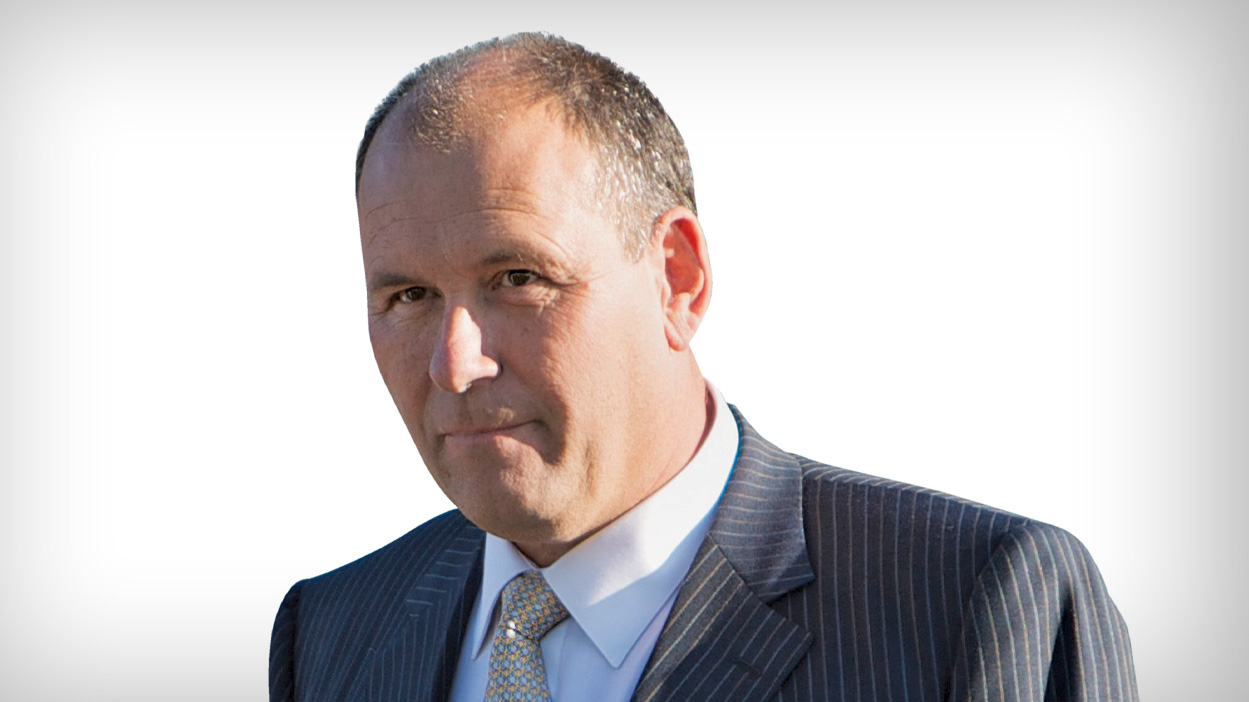Almost 50 years after industrialist Ernie Samuel founded Sam-Son Farm, the thoroughbred operation remains one of the most successful breeding and ownership entities in North America.
It was 40 years ago when Sam-Son received its first Sovereign Award as Canada’s outstanding owner. In 1988, Sam-Son won its first Queen’s Plate courtesy of Regal Intention. Three years later, Dance Smartly became the first Canadian-owned and bred horse to win a Breeders’ Cup race, taking the Distaff at Churchill Downs. She remains the only filly to win the Canadian Triple Crown, is the only mare to foal back-to-back Plate winners (Scatter The Gold in 2000 and Dancethruthedawn in 2001) and was inducted in the National Museum of Racing Hall of Fame in 2003.
Inducted into the Canadian Racing Hall of Fame as a builder in 1998, Samuel passed away in May 2000, putting management of the stable under the direction of wife Liza and daughter Tammy Samuel-Balaz. In early 2008, both Tammy and Liza passed away, but the iconic red and gold silks have continued to shine with Ernie’s son Mark taking the reins as CEO, while Tammy’s husband Rick Balaz is the president and general manager.
The numbers speak for themselves: Sam-Son counts five Queen’s Plates, 10 Sovereign Awards as Canada’s outstanding owner, and seven outstanding breeder trophies. They’ve bred and/or raced some of Canada’s most famous horses. Dance Smartly (1991), Sky Classic (1992) and Chief Bearhart (1997) all won Eclipse Awards as North American champions.
With farms in both Ontario (breeding and foaling in Milton) and Florida (training in Ocala), Sam-Son remains a strong and significant contributor to Canada’s breeding and ownership ranks.
El Tormenta’s stirring 44-1 shocker in last year’s Grade 1 Woodbine Mile served as an ideal reminder of Sam-Son’s status as a world-class outfit.
What are the most critical challenges facing the industry in Canada today?
“I would say challenges related to the welfare of the horses,” said Rick Balaz. “Trying to figure out what’s causing the issues that we’re seeing on the track. I don’t know how you ever figure that out. But I think that is the most critical issue.”
What needs to change about the industry in the next 5-10 years?
“To speak from our perspective, one of the biggest challenges is that the game is becoming unaffordable for the average horse owner. It’s very difficult from a financial perspective. I don’t know how you overcome that based on the world we live in. You have to be in it for the love of it – which is a great thing – but it used to be easier for a smaller guy to be involved. Now that’s becoming much more difficult. I don’t know how that gets reversed and we get back to the point where more people can be involved in the game.
“The other issue is that no one goes to the track anymore. If you go to Woodbine on any other day than the Queen’s Plate or other the big days, there’s no one there. How do you change that? I don’t know. It might be an insurmountable challenge based on the world we live in, and the online gaming and entertainment options. I guess it has to become more than horse racing and I think Woodbine is doing a good job of trying to do that, making it more of an entertainment experience. I think that’s the way they’re going to draw more people into supporting horse racing.”
How can you help affect that change?
“We can try and stay focused on breeding the best quality horses we can and hopefully bringing an exciting product to the racetrack.”
Where do you see the thoroughbred industry in Canada in 10 years?
“I hope to see an industry that’s continuing to survive and that is going to thrive. If we can attract more young people into the industry, it does have a future. I think it’s going to exist, but based on the trends we see and how the world is going… I have to go back to the welfare of the horse. More and more people are becoming up in arms about that. If we don’t up come with ways to resolve those issues, I think the future is not very bright and it’s going to be difficult 10 years down the road.”


